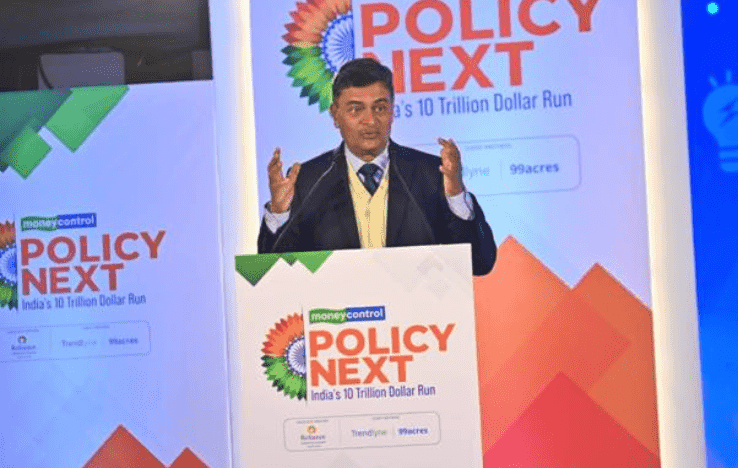New Delhi: The Union Minister for Power and New & Renewable Energy, R. K. Singh, has emphasized that electricity is the most crucial infrastructure, indispensable for development. He noted that a key distinguishing feature between a developing and a developed country is the absence of load shedding in the latter. Singh stated, “No country can develop without sufficient power.” The power shortage in India has decreased from around 4.5% in 2014 to less than 1% today. He highlighted the achievement of universal electricity access, connecting 29 million homes in 19 months, acknowledged by the International Energy Agency as the largest and fastest expansion of energy access in the history of the power sector. The Minister made these remarks while addressing Moneycontrol’s Policy Next Summit in New Delhi on January 18, 2024.
Singh provided details on power capacity addition and the strengthening of the electricity distribution system. He mentioned, “We added about 194 GW of power capacity, with around 107 GW being renewables.” The transmission infrastructure was significantly expanded, including the construction of 193,000 circuit km of transmission lines, creating the largest integrated grid in the world. Power transfer capacity increased from 36 GW to 117 GW, and numerous substations and lines were added or upgraded.
Regarding rural power availability, Singh highlighted the improvement from 12.5 hours in 2015 to around 21 hours today, with urban areas now having 23.8 hours of power. He emphasized the shift from generators to 24*7 power as a right, with penalties for gratuitous loadshedding. India has emerged as a leader in the energy transition, achieving a renewable capacity of 44%, surpassing the 2030 target of 40%. The new target is set at 50%, with an ultimate goal of 65% by 2030.
Singh informed that total investments in the power sector over the past nine years amounted to about 17 lakh crores, with an additional 17.5 lakh crores in capacity under construction. The Minister spoke about the ongoing and planned projects, including 99 GW of renewable energy capacity under construction and the intention to bid around 40-50 GW of renewable capacity annually.
He highlighted the government’s efforts to make the power sector viable, reducing AT&C losses from 27% to 15.41% and aiming for further reduction. Stringent rules are in place, and violators will be prosecuted. Singh addressed the rising power demand, indicating a peak demand of 243 GW today, with projections of crossing 400 GW by 2030. He assured that India will add enough capacity to meet this demand, crossing 500 GW of renewable capacity by 2030.
Singh acknowledged India’s competitiveness in renewable energy, with the cheapest cost globally, and the government’s initiatives to bring down storage prices through a Production Linked Incentive Scheme. He encouraged domestic manufacturing in various areas, including wind turbines and HVDC Transmission lines.
The Minister highlighted India’s leadership in achieving National Determined Contributions (NDCs) and reducing per capita emissions, achieving commitments ahead of schedule. The government has implemented business-friendly rules, such as General Network Access and Green Energy Open Access Rules, facilitating connectivity and energy trade across the country.


